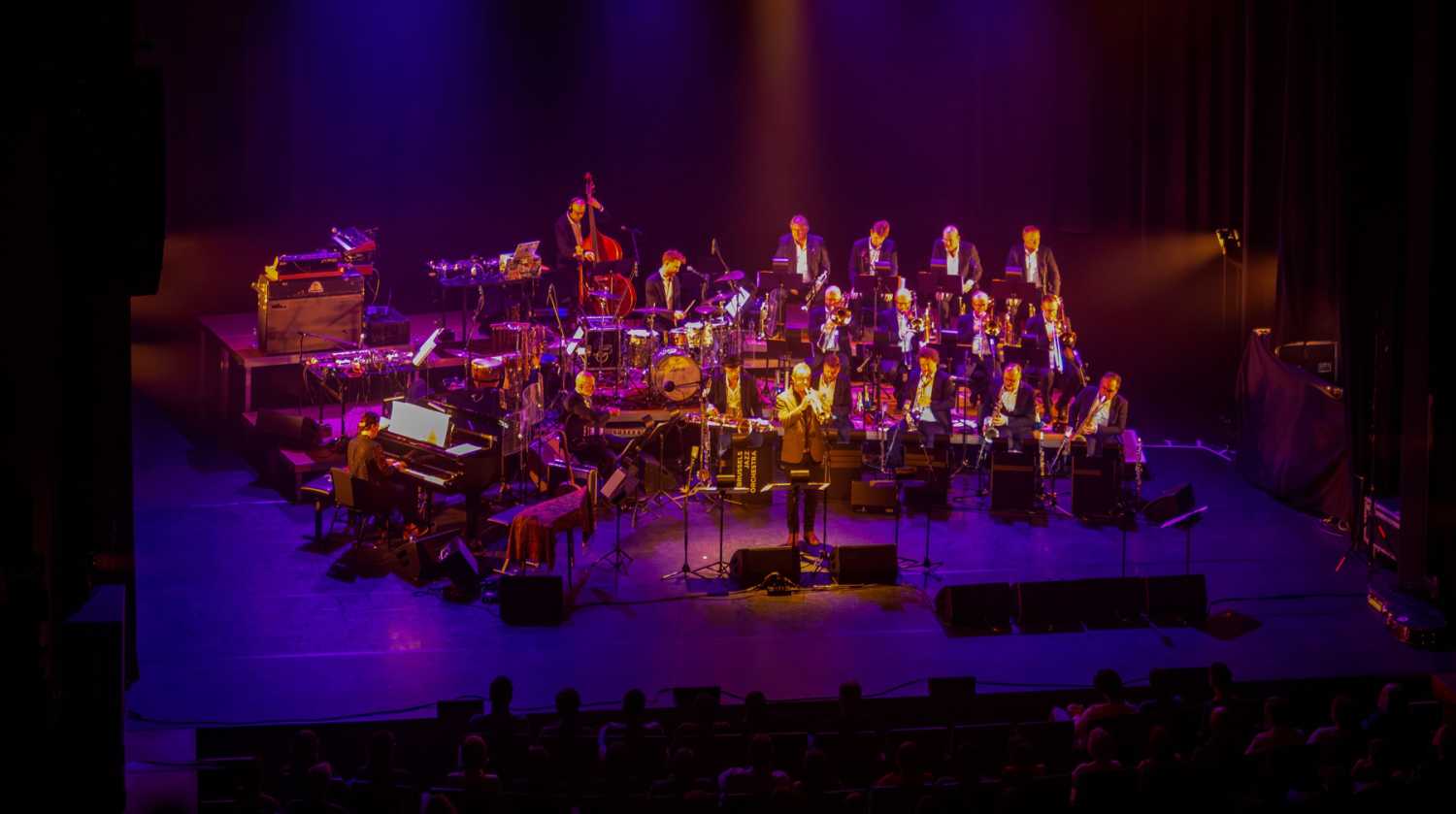KLANG monitors BJO anniversary specials
- Details

Performed in six different venues, BJO30 was a celebration of the orchestra’s achievements over the last 30 years. Support for these inventive artists came from Belgium based concert and touring sound specialists MONO. The team decided that the best option to provide a dedicated, robust, well-designed in-ear monitoring solution would be KLANG, combined with a DiGiCo SD12-96 and two D2-Racks.
Enabling the core orchestra of 17 and the additional 13 visiting musicians to perform at their best over the almost three-hour concert required a spacious and calm monitor mix. Something that MONO sound engineer Bart Lebegge decided could not be done with a standard stereo mix.
“We consciously chose to provide a mix with carefully considered elements so that we had more channels available to really allow the space required by the musicians.” He says, “By going for 40 channels in KLANG, we were able to create an open and detailed, but also calm and spacious balance of this busy program.”
Taking this approach meant that Lebegge was able to keep channel processing to a minimum, providing five different IEM mixes with 40 channels of audio in each. Delivering the details and accents that the BJO musicians needed to hear, but with a level of clarity that he thought would quickly be lost in a standard stereo mix.
Monitor engineer Stijn Declerq adds: “We were early adopters of KLANG, it’s always been a sturdy tool, but the integration with DiGiCo has made it even more indispensable. We decided to go for it when Lost Frequencies Live started touring and it turned out to be an instant hit. The details and peace that you can create in the ears of the artists is unparalleled. We later decided to use it for BAZART, a band that had very intense IEM mixes and by using KLANG we were able to make their mixes more detailed and importantly quieter.”
“Since these successes we have used KLANG for a variety of different performances, so when BJO asked us to provide IEM mixes for their project it was a no brainer, we knew the best option was KLANG.”
The addition of visiting artists in the BJO30 line-up highlighted the difference in clarity between the dedicated KLANG mix and the more traditional left-right mix.
Lebegge explains: “The biggest challenge was to make a three-hour show sound calm, balanced, not tiring, and open. This would not have been possible with a standard monitor mix and was evident when switching to a stereo mix from a guest artist. It was less detailed because it was so much more difficult to make room for the 80+ inputs. As a result, the visitor In-Ear set up was more of a mix of themselves and their accompanying musicians, supplemented with the rhythm and solo instruments, a kind of ‘light’ version of the rest. The accents and details that KLANG was able to deliver were much less present here.”
















